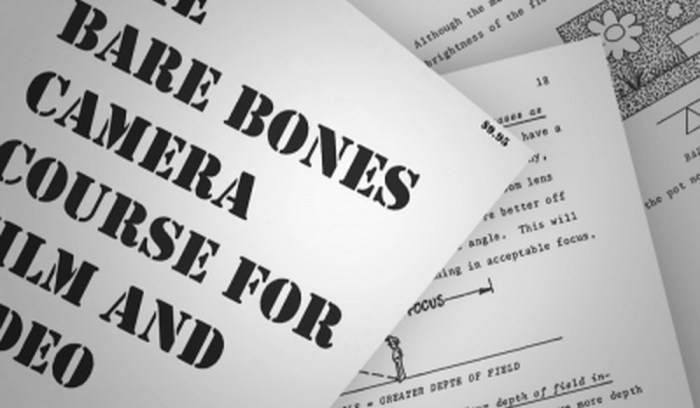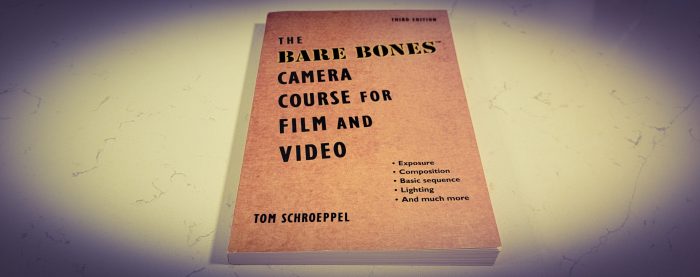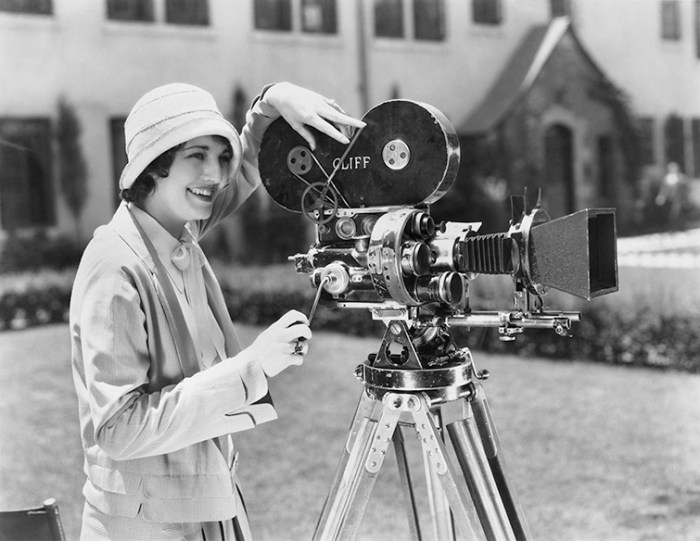The Bare Bones Camera Course for Film and Video is a comprehensive guide to the art and science of cinematography. Whether you’re an aspiring filmmaker, videographer, or simply someone who wants to improve their filmmaking skills, this course will provide you with the essential knowledge and techniques you need to create stunning visuals that captivate your audience.
This course covers everything from the basics of camera operation to advanced lighting and composition techniques. You’ll learn how to choose the right camera for your needs, how to set up your shots for maximum impact, and how to create beautiful and effective lighting.
You’ll also learn the basics of video editing, so you can put the finishing touches on your projects.
Course Overview

This course provides a comprehensive foundation in the principles and techniques of camera operation for film and video production. It is designed for aspiring filmmakers, videographers, and anyone seeking to enhance their technical skills in visual storytelling.
Prerequisites include a basic understanding of photography and an interest in filmmaking or videography. By the end of this course, students will have gained proficiency in camera operation, lighting, composition, camera movement, sound recording, and editing techniques.
Course objectives include:
- Understanding the different types of cameras and their applications
- Mastering the technical aspects of camera operation, including aperture, shutter speed, and ISO
- Developing an understanding of lighting techniques and their impact on the visual narrative
- Learning the principles of composition and framing for visually appealing shots
- Exploring various camera movements and their effects on storytelling
- Gaining proficiency in sound recording techniques and equipment
- Acquiring basic video editing skills
Camera Basics

Types of Cameras
Film and video cameras come in various types, each with its own strengths and weaknesses. Common types include:
- DSLRs (Digital Single-Lens Reflex cameras): Offer interchangeable lenses, manual controls, and high image quality.
- Mirrorless cameras: Similar to DSLRs but lack a mirror, resulting in a smaller and lighter body.
- Cinema cameras: Designed specifically for professional filmmaking, with advanced features such as interchangeable lenses, large sensors, and precise control.
- Action cameras: Compact and rugged cameras designed for capturing fast-paced action and extreme environments.
Components of a Camera, The bare bones camera course for film and video
The main components of a camera include:
- Lens: Controls the amount of light entering the camera and determines the field of view.
- Sensor: Converts light into electrical signals, creating the image.
- Shutter: Controls the duration of light exposure on the sensor.
Camera Settings
Camera settings play a crucial role in controlling the exposure and appearance of the image. Key settings include:
- Aperture: Controls the size of the lens opening, affecting depth of field.
- Shutter speed: Controls the duration of the shutter’s open time, affecting motion blur.
- ISO: Controls the sensor’s sensitivity to light, affecting image noise.
Expert Answers: The Bare Bones Camera Course For Film And Video
What are the prerequisites for this course?
There are no prerequisites for this course. It is designed for beginners who have little or no experience with filmmaking or videography.
What will I learn in this course?
In this course, you will learn the basics of camera operation, lighting, composition, and video editing. You will also learn how to choose the right camera for your needs and how to set up your shots for maximum impact.
How long is this course?
This course is self-paced, so you can complete it at your own pace. However, most students complete the course in 4-6 weeks.

